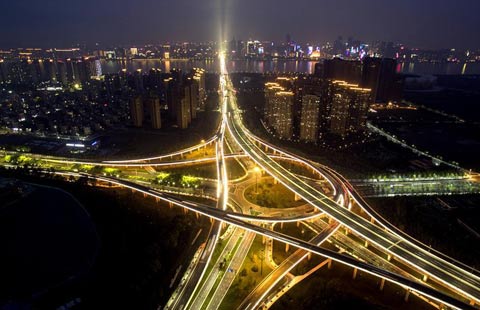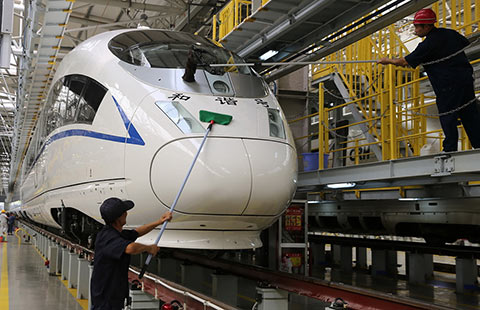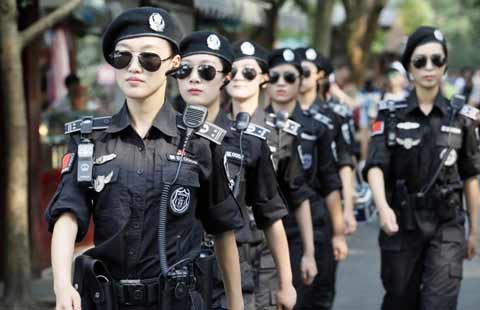

On the alert
A study by the Academic Group of the Development Research Center at the State Council suggests the world economy is still in a post-crisis adjustment period, when effective restructuring has yet to take place and global momentum for real economic growth has yet to take shape.
China's economy is now in a key period of transformation. Driving forces for economic growth are changing, original competitive edges are weakening and new ones have just begun to form.
According to the report, the world will enter a new round of monetary easing in 2013. Nevertheless, downside risks to domestic demand still exist. With continued implementation of a pro-active fiscal and monetary policy, China should lay stress on combining demand with supply policies, accelerating restructuring, fostering new competitive edges and pushing forward the transformation of growth driving forces.
Some people are overly optimistic about China's economy in 2013, Yao said. Substantial progress hasn't been made in regard to restructuring the economy and transforming the country's modes of development, which will remain big problems in 2013. For these reasons, the focus should be on maintaining steady growth rather than blindly seeking a high growth rate.
"China should create a favorable environment for economic reforms. This way, a solid foundation can be laid for high-quality growth. Besides, the economy should not expand too fast," said Yao.
Chen Dongqi, Vice President of the Academy of Macroeconomic Research at the NDRC, says that although expectations of economic growth for 2013 are slightly better than that of 2012, two risks still linger. On the one hand, there are the ramifications of the U.S. failing to avoid the "fiscal cliff," the European sovereign debt crisis and the Japanese recession. On the other, the challenges many enterprises face have led to mass layoffs and reduced income expectations.
lanxinzhen@bjreview.com
 College student who does newfangled part-time jobs
College student who does newfangled part-time jobs
 Take closer look at host city for 2016 G20 summit
Take closer look at host city for 2016 G20 summit
 World's top 10 cities with most millionaires
World's top 10 cities with most millionaires
 Steps taken by State Council to reduce taxes and fees
Steps taken by State Council to reduce taxes and fees
 World's fastest bullet train to start operating next month in China
World's fastest bullet train to start operating next month in China
 Top 8 global market leaders from China
Top 8 global market leaders from China
 Shopping, playing and throwing Frisbee in virtual reality
Shopping, playing and throwing Frisbee in virtual reality
 Glimpse into the work and life of G20 guards
Glimpse into the work and life of G20 guards

